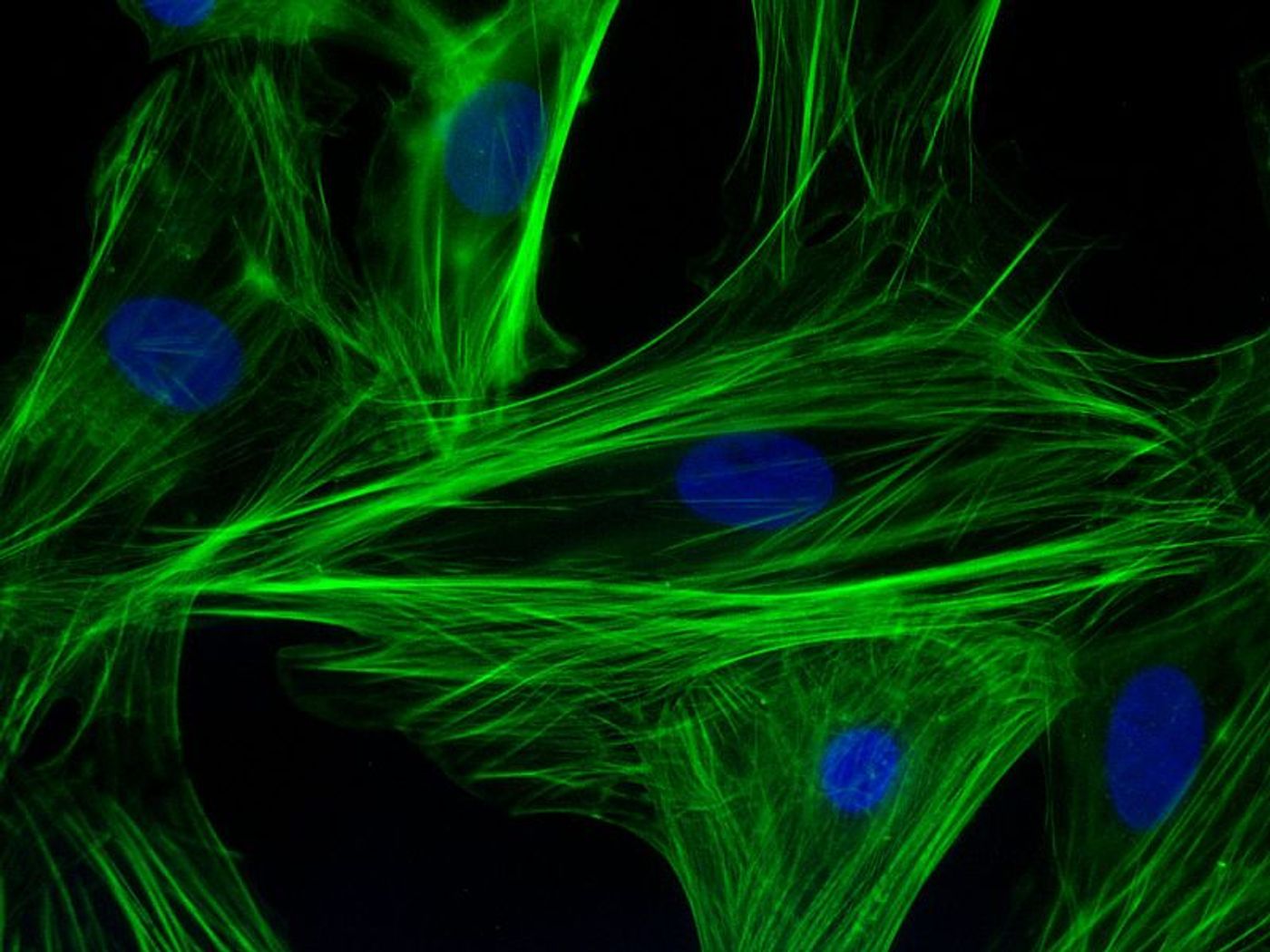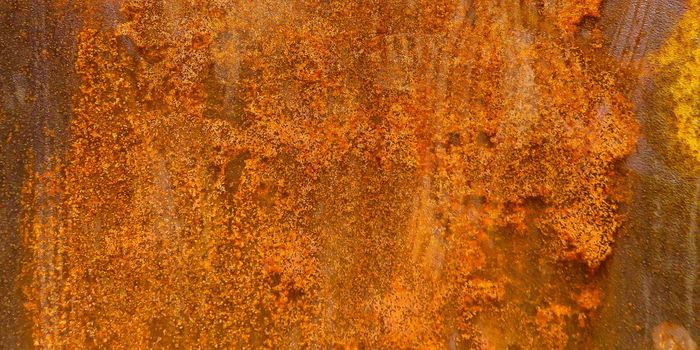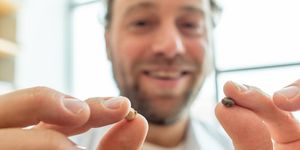Breathing Life Back Into Diseased Heart Cells
A dangerous yet inevitable part of heart disease is the replacement of healthy heart muscle cells with scar tissue. In an effort to combat heart disease, scientists from the University of North Carolina are investigating techniques for improving the experimental process of transforming scar tissue back into healthy, functioning heart cells.
Heart disease, which is the leading cause of death for both men and women worldwide, revolves around a process called fibrosis, where heart muscle cells are progressively replaced by scar tissue, which is made up of cells called fibroblasts. Heart muscle cells lack proliferative abilities, so the ratio of healthy cells to fibroblasts slowly grows in favor of the fibroblasts. Eventually, there’s more damaged tissue than functional tissue.
UNC scientists are working on restoring balance to this ratio, which should favor the side of the healthy heart muscle cells. Efforts in regenerative medicine have successfully developed ways to reverse the process of fibrosis, but the current UNC study focuses on making this process more efficient.
"The application of this technology has been limited by our lack of understanding of the molecular mechanisms driving this direct reprogramming process," explained senior author Frank Conlon, PhD.
To learn more about these molecular mechanisms, Conlon and others from UNC watched how levels of proteins changed in response to fibroblasts being reprogrammed to become heart muscle cells.
They initiated the process of reprogramming by introducing an engineered retrovirus, which is used to invade fibroblasts and trigger production of three transcription factor proteins. These proteins are vital because they activate expression of genes within fibroblasts that ultimately direct their transformation into heart muscle cells.
During the three-day fibroblast-heart muscle cell transition, researchers looked at changing levels of proteins - thousands of them - to paint an elaborate picture of a “carefully orchestrated series of events,” Conlon described. He and others learned that the reprogramming process began within 48 hours of the retrovirus entering the fibroblast, and 23 types of proteins were significantly impact throughout the transformation.
For example, levels of a protein called Agrin increased drastically throughout fibroblast reprogramming. From past research, scientists know that Agrin is responsible for supporting the repair of damaged heart tissue. Additionally, Agrin inhibits the Hippo pathway, a signaling pathway responsible for regulating organ size. Thus, by learning about Agrin levels during fibroblast reprogramming, researchers realized that Hippo signaling is likely involved in the reprogramming of heart cells.
Going forward, researchers hope to make more connections between processes in the body, like Hippo inhibition by Agrin, via information gleaned via changing protein levels, asking this: Which steps can be improved upon for maximum reprogramming efficiency?
The present study was published in the journal Cell Reports.









